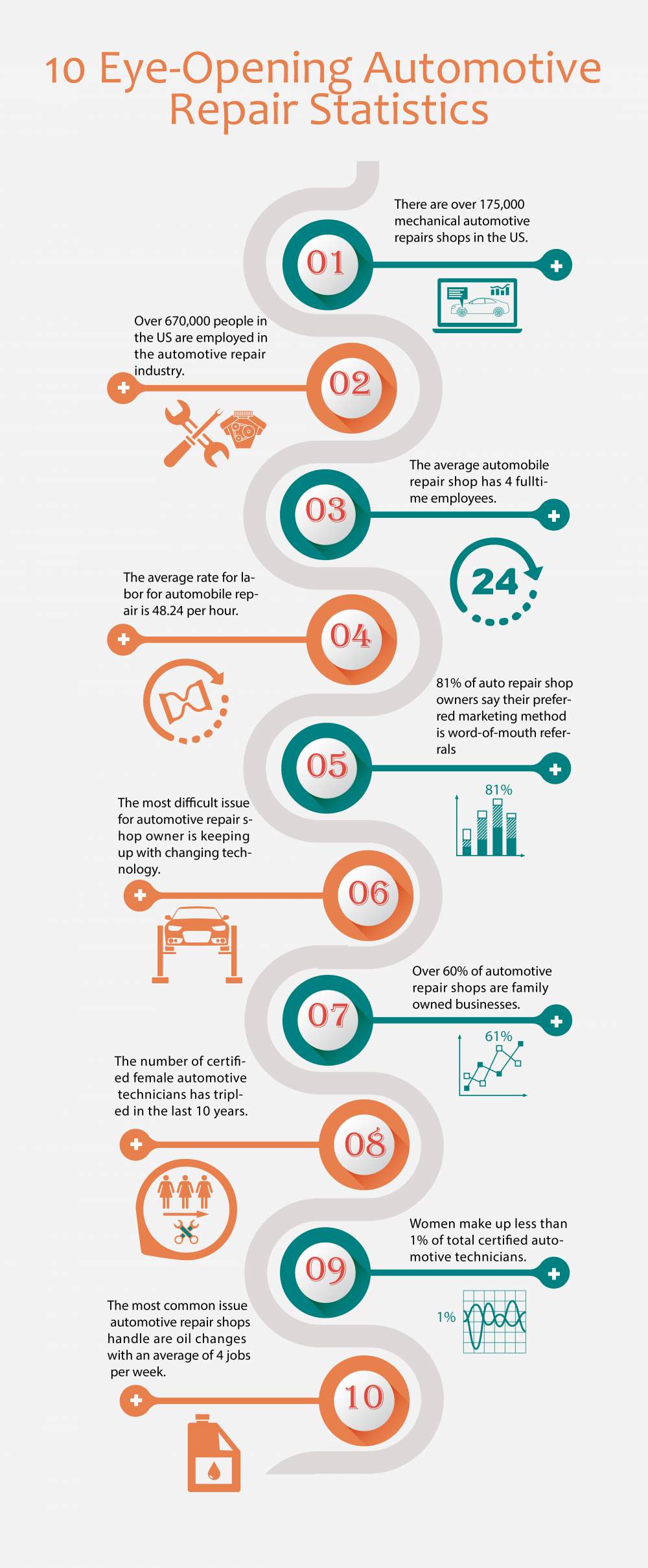Wondering Concerning The Significance Behind Those Control Panel Warning Lights? Gain Understandings Right Into Their Implications For Your Car'S Security And Maintenance
Wondering Concerning The Significance Behind Those Control Panel Warning Lights? Gain Understandings Right Into Their Implications For Your Car'S Security And Maintenance
Blog Article
Web Content Produce By-Lim Gilbert
When you're behind the wheel, those beautiful caution lights on your control panel can be a little bit puzzling. Do click for info recognize what they're attempting to tell you concerning your vehicle's wellness? Comprehending the relevance of these lights is important for your safety and the long life of your automobile. So, the next time one of those lights turns up, wouldn't you want to analyze its message accurately and take the required steps to resolve it?
Common Caution Lighting and Interpretations
Determine common caution lights in your auto and recognize their significances to make sure risk-free driving.
The most common caution lights include the check engine light, which signals issues with the engine or emissions system. If this light begins, it's crucial to have your vehicle checked quickly.
The oil stress warning light shows reduced oil stress, calling for prompt interest to prevent engine damage.
A flashing battery light could recommend a malfunctioning billing system, possibly leaving you stranded otherwise attended to.
The tire pressure tracking system (TPMS) light alerts you to low tire stress, impacting vehicle stability and gas effectiveness. Overlooking this could result in dangerous driving problems.
The abdominal muscle light suggests a problem with the anti-lock stopping system, compromising your ability to quit quickly in emergencies.
Lastly, the coolant temperature level alerting light warns of engine overheating, which can lead to extreme damages otherwise dealt with swiftly.
Understanding these common warning lights will certainly aid you deal with concerns quickly and preserve safe driving problems.
Relevance of Prompt Interest
Recognizing the usual warning lights in your automobile is only the initial step; the value of quickly dealing with these warnings can't be emphasized enough to guarantee your security on the road.
When https://carbrakes72840.blogripley.com/30539000/sick-of-disappointing-outcomes-find-out-how-to-evade-constant-car-detailing-challenges-and-reveal-the-secrets-to-an-immaculate-surface brightens on your control panel, it's your cars and truck's way of interacting a possible problem that requires interest. Ignoring these cautions can cause extra serious issues in the future, jeopardizing your safety and possibly costing you extra out of commission.
Trigger focus to cautioning lights can stop failures and accidents. As an example, a flashing check engine light can indicate a misfire that, if left unattended, can cause damages to the catalytic converter. Addressing this without delay can conserve you from a costly repair service.
Likewise, a brake system warning light might signify low brake liquid or worn brake pads, essential parts for your security when driving.
DIY Troubleshooting Tips
If you observe a caution light on your control panel, there are a few DIY troubleshooting ideas you can try prior to looking for professional aid.
The first step is to consult your car's guidebook to recognize what the details warning light shows. In some cases the concern can be as basic as a loosened gas cap causing the check engine light. Tightening up https://audi-ecu-tuning40617.get-blogging.com/30437492/a-thorough-prepare-for-cleansing-and-safeguarding-your-lorry-s-interior-room might settle the issue.
Another common problem is a low battery, which can trigger different alerting lights. Checking the battery links for deterioration and ensuring they're safe might deal with the problem.
If a warning light lingers, you can attempt resetting it by disconnecting the vehicle's battery for a few minutes and afterwards reconnecting it. Furthermore, checking your vehicle's fluid degrees, such as oil, coolant, and brake liquid, can help repair warning lights related to these systems.
Conclusion
To conclude, comprehending your automobile's warning lights is crucial for keeping your vehicle running smoothly and safely. By immediately attending to these alerts and recognizing what they indicate, you can stay clear of pricey repair services and possible breakdowns.
Bear in mind to consult your automobile's handbook for specific information on each advising light and take action appropriately to ensure a hassle-free driving experience.
Keep informed, stay risk-free on the road!
